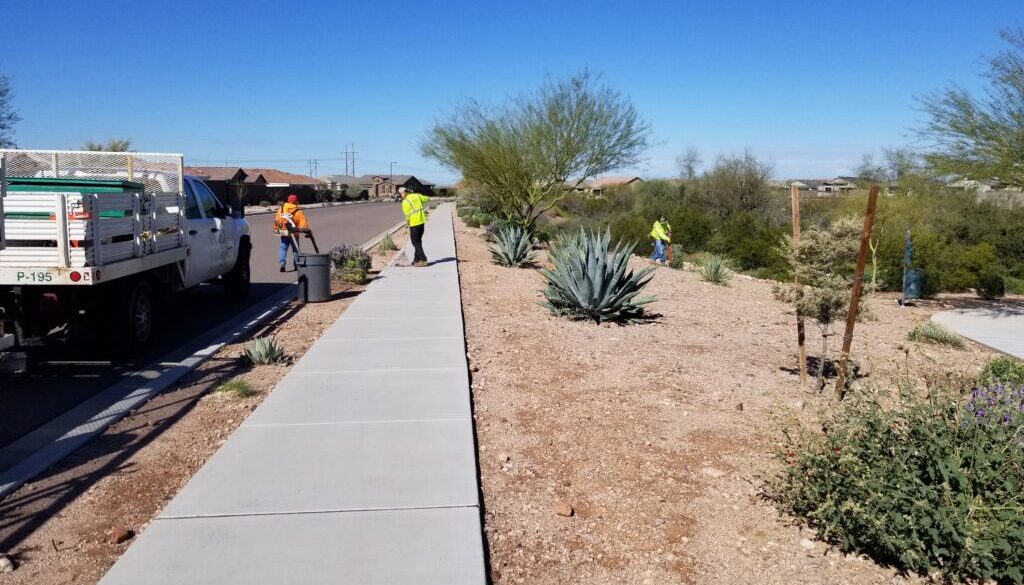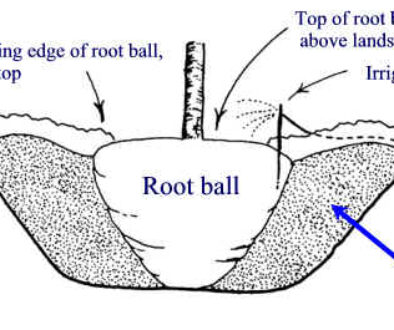Fixing Drainage Problems After A Wet Winter
You know the saying “April showers bring May flowers?” Well, in Arizona this year it’s more like “March showers bring April flowers.” After all the storms last month, you probably noticed if there were any weaknesses in your yard’s drainage system.
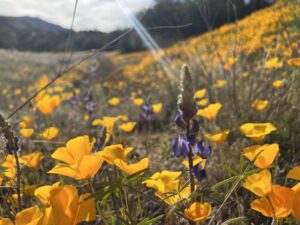
Water follows gravity.
Remember that water follows gravity, until it reaches the lowest point, where it collects. It is these low points in your landscape that you need to address with a drainage solution when water becomes a problem. For example, your standing water following rains may breed mosquitoes, or overwatering land above a shallow water table may cause flooding. Here are some solutions to prevent standing water and drainage problems:
Dig a swale
Help water continue to flow by digging a swale that pitches downward from your current low point to an even lower point on your property. A finished swale might be a long, shallow trench finished with small rocks and plantings along it, for example, to help prevent soil erosion.
Add or extend gutters and downspouts
Add gutters along the edges of your roof to catch and channel rainwater down through downspouts. Trench in additional drainpipe lines to carry water even further, from your downspouts and away from valuable structures, like your house, into your landscape or toward storm drains in the street, for example.
Harvest rainwater
As groundwater in the southwest becomes increasingly scarce, and more expensive, many homeowners will join the ranks of rainwater harvesters. Most often, this simple technique involves running water from gutters along the perimeter of your house into barrels or tanks with spigots or submersible pumps for storage and later use.
Plant a rain garden
If you have a low point in your garden that fills with water but doesn’t cause any immediate problems, you can take another approach and transform it into a rain garden or a focal area for your yard. Dig down and place a layer of rocks or add a liner to create a natural pond. Or, find native plants that thrive in that spot. It may take some experimentation because your plant choices will be guided by the size of the wet area, how quickly water percolates naturally into the soil, and how much sun the area gets.
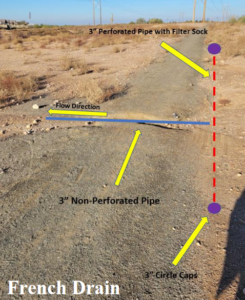
French drain
Trench in a French drain to move water quickly and efficiently away from a structure or from any point on your property to an adequate drainage area. A French drain is most often made from connected lengths of perforated, flexible tubing sheathed in porous landscape fabric, which allows water to seep out without debris flowing into the pipe. Keep in mind that over time, you may still need to dig out and rebuild your drain if it becomes clogged.
Dry well
If the area where water pools also happens to be the lowest point on your property, you may have no other choice than to build a dry well in that spot. A dry well serves as the endpoint in a drainage system. At its most basic, it can be a man-made pit filled with gravel, dug to a width and depth commensurate with the volume of water that collects at that point. Often covered by soil and turf or mulch on the surface, the large pore spaces between the stones allow large volumes of water to pass down deeply into the soil. Dry wells are the most common fix for soggy areas in parks and recreational turf.
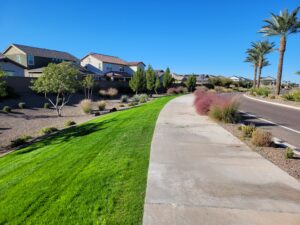
There may be other causes for your water drainage problems that may be more complicated to resolve. For example, your land may not have enough pitch, your soil may be compacted, or pavements and hardscapes may be impeding water runoff. Consult with a residential drainage engineer for help with these types of problems.
In the ELS Enhancements Division, we are pros at designing and installing drainage systems and performing drainage repairs for homeowners associations and commercial properties Valley wide. Invite ELS to care for your commercial landscape by sending email to contactus@evergreenaz.com.

